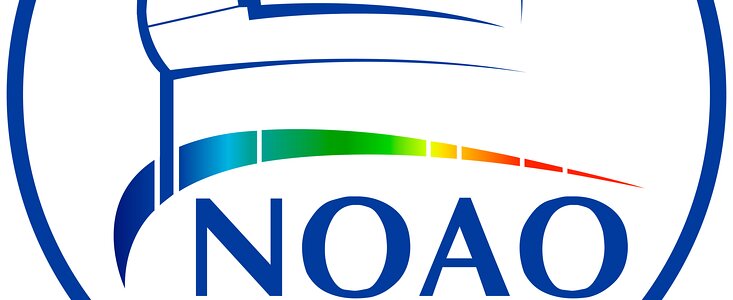Solis: Taking You to the (Solar) Max
31 Mayo 1999
The National Science Foundation's National Solar Observatory is preparing for the upcoming solar maximum with SOLIS, a new suite of ground-based solar telescopes that will increase our understanding of solar activity and its effect on Earth's climate and atmosphere.
SOLIS (Synoptic Optical Long-term Investigations of the Sun), funded by the NSF, will provide unique, modern observations of the Sun on a continuous basis for several decades. These long-term studies will provide the data to understand such fundamental topics as the nature of the 11-year solar activity cycle, what mechanisms produce explosive flares and coronal mass ejections, and how changes in the solar irradiance influence the Earth's energy budget.
Solar flares and coronal mass ejections, which propel high-speed particles toward Earth that disrupt radio communication and cause spectacular auroral displays, are known to increase in frequency as solar maximum approaches. Understanding and predicting solar activity such as flares is a major goal of SOLIS. "In fact, solar variability is the most direct physical link between astronomy and humanity." states Dr. Jack Harvey, project scientist, and this year's winner of the American Astronomical Society's Hale Prize.
The three SOLIS telescopes will provide images of the Sun at various heights in the solar atmosphere and measurements of the strength and direction of the magnetic field. Since the solar magnetic field is responsible for all phenomena related to the solar maximum, the measurements of the magnetic field will be of particular interest to solar scientists. SOLIS, a major step forward in our attempt to understand solar activity, is made even more productive when working in concert with other observational projects, both in space and on the ground, such as NASA's High Energy Solar Spectroscopic Imager project (HESSI).
SOLIS will initially be located on Kitt Peak, Arizona, and will begin operation in early 2001. The instruments are autonomous and can be remotely controlled over the Internet. The expected huge volume of daily data, 200 gigabytes a day, will be processed by state-of-the-art data handling systems and made publically available over the Internet. Regular sets of observations will be taken at fixed intervals, with interested parties able to schedule additional observations to support scientific research and outreach efforts.
Notas
The National Solar Observatory is one of four divisions of the National Optical Astronomy Observatory (NOAO). NOAO is operated by the Association of Universities for Research in Astronomy (AURA), Inc., under cooperative agreement with the National Science Foundation.
Contactos
Suzanne Jacoby
NOAO Press Officer
Tel: (520) 318-8364
Correo electrónico: sjacoby@noao.edu
Jeremy Wagner
SOLIS Project Manager
Tel: (520) 318-8249
Correo electrónico: jwagner@noao.edu
Dr. Jack Harvey
SOLIS Project Scientist
Tel: (520) 318-8337
Correo electrónico: jharvey@noao.edu



